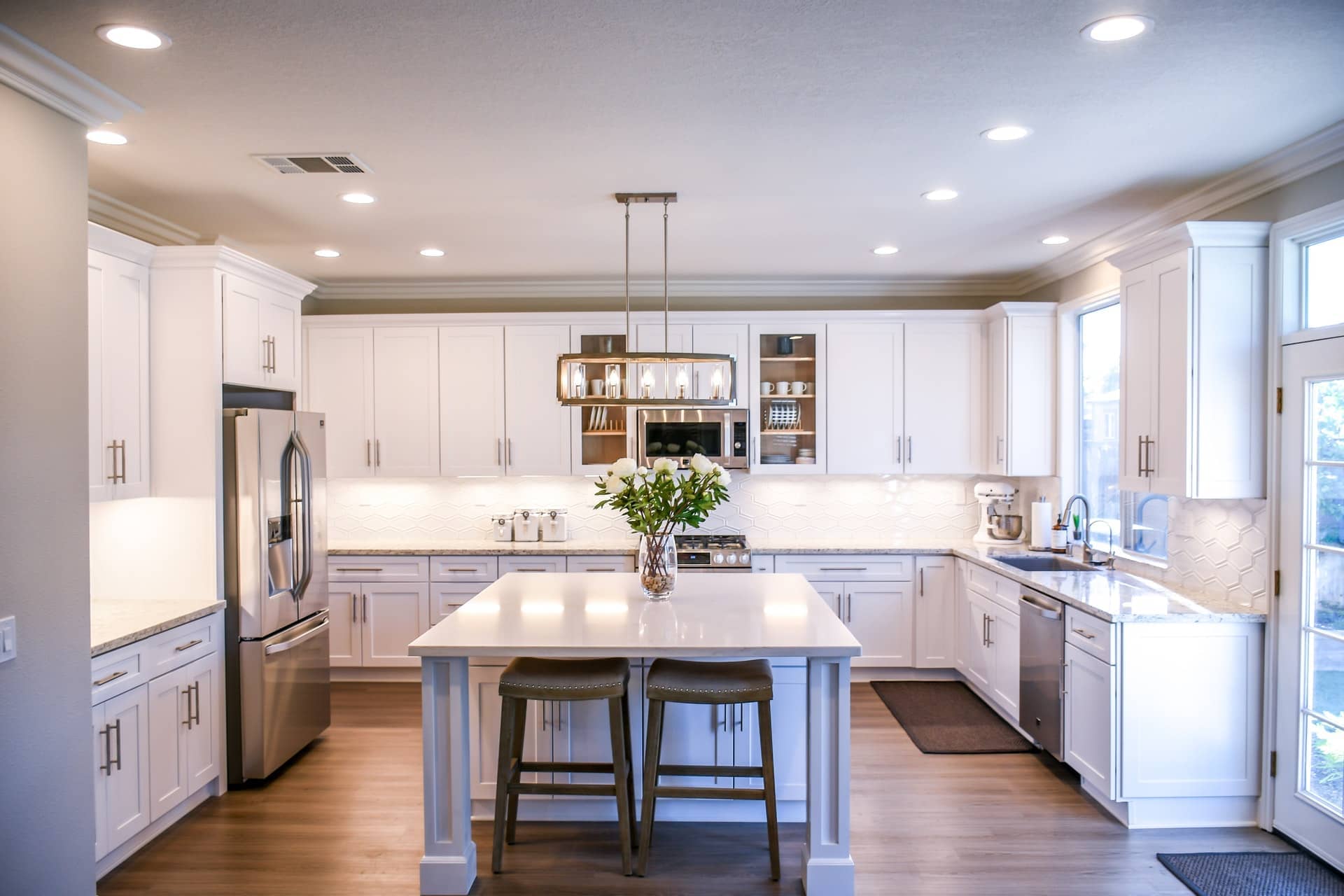
Electrical Sockets and Switches Not Working
Few things are more frustrating than discovering that your electrical sockets and switches have suddenly stopped working. Whether it's a single outlet or an entire room without power, such issues can disrupt your daily routine and create safety concerns. In this blog, we will explore some common reasons behind electrical sockets and switches not working, how to troubleshoot the problem, and when it's best to call in a professional electrician.
Common Causes of Electrical Sockets and Switches Malfunctions
- Tripped Circuit Breaker: A tripped circuit breaker is often the culprit when a section of your electrical system loses power. Circuit breakers trip to prevent overloading, short circuits, or electrical faults.
- Tripped Ground Fault Circuit Interrupter (GFCI): GFCI outlets are designed to protect against electrical shock. If a GFCI detects an imbalance in current flow, it will trip and cut off power to connected outlets.
- Faulty Wiring: Wiring issues, such as loose or damaged connections, can interrupt the flow of electricity to outlets and switches.
- Overloaded Circuit: Overloading a circuit with too many devices or appliances can cause it to trip and stop working.
- Defective Outlets or Switches: Over time, electrical outlets and switches can wear out or become damaged, leading to malfunctions.
Troubleshooting Steps for Non-Working Sockets and Switches
- Check Circuit Breakers: Open your electrical panel and inspect the circuit breakers. If one has tripped, reset it by moving the switch to the "Off" position and then back to the "On" position.
- Test GFCI Outlets: Press the "Reset" button on any GFCI outlets in the affected area. If they are tripped, pressing "Reset" should restore power to the connected outlets.
- Inspect Outlets and Switches: Examine the non-working outlets and switches for visible damage or loose wiring. If you find any issues, turn off the power to the affected area before making any repairs.
- Check for Overload: If the problem occurs when multiple devices are in use, it may be an overloaded circuit. Disconnect some devices and try resetting the circuit breaker.
- Test Nearby Outlets and Switches: Sometimes, the problem is isolated to a single outlet or switch. Test nearby outlets and switches to determine if the issue extends beyond one location.
When to Call a Professional Electrician
While these troubleshooting steps can help identify and resolve minor issues, some situations require the expertise of a professional electrician. You should consider calling an electrician if:
- You are unable to identify the cause of the problem.
- There is visible damage to wires or outlets.
- The issue persists after resetting circuit breakers and GFCIs.
- You do not feel comfortable working with electricity.
Get in touch!
Electrical sockets and switches not working can be inconvenient and potentially hazardous. By understanding the common causes and following troubleshooting steps, you can often identify and resolve the issue. However, when in doubt or when dealing with complex electrical problems, it's always best to seek the assistance of a licensed electrician who can ensure the safety and functionality of your electrical system.
If you are experiencing any of the above and need an electrician. Contact us now for a obligation free quote.

